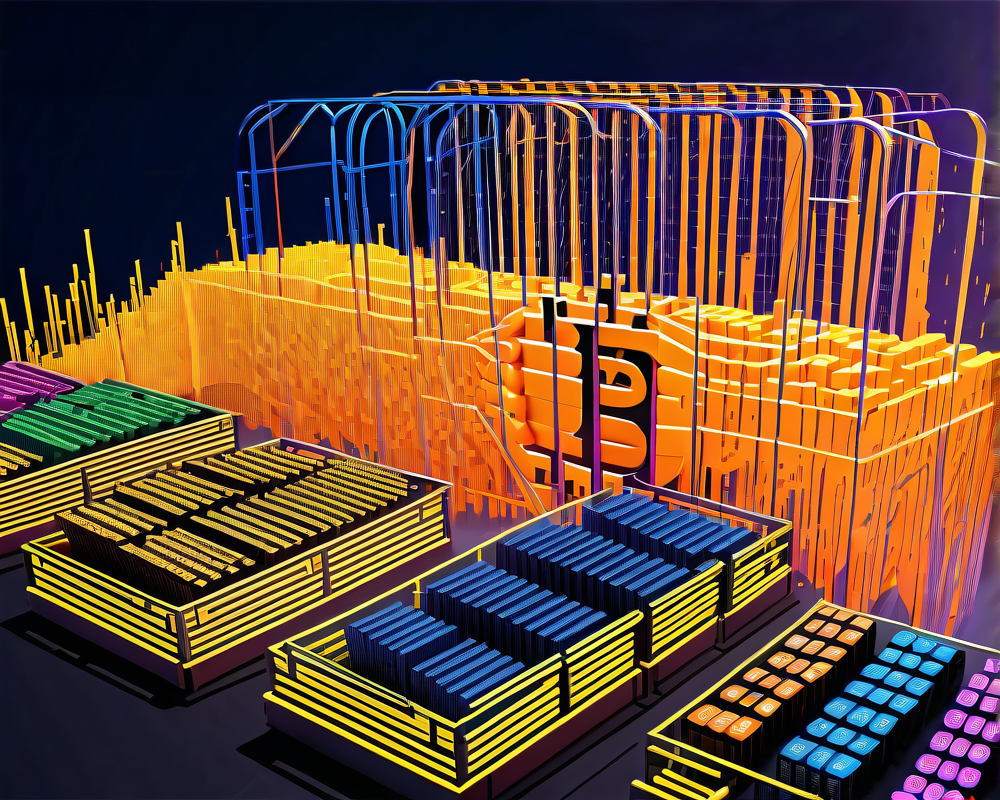The Current State of Bitcoin Mining
The Bitcoin mining landscape is undergoing intense scrutiny, especially as energy costs rise, creating a perfect storm for miners. The recent chatter in the crypto community, highlighted by a post from PricedinBTC, has sparked concern over the escalating operational costs and the viability of various mining operations in the U.S.
What Exactly Is a ‘Miner Death Spiral’?
The term ‘miner death spiral’ gets thrown around like confetti during a parade, especially during market downturns. Simply put, it refers to the potential scenario where Bitcoin miners shut down due to unprofitability, reducing the hash rate, which then drives the price of Bitcoin even lower. Some would argue this is an oversimplification and fails to capture the full picture of the industry dynamics.
Economics of Mining and Power Sources
Raymond Nasser, CEO of Arthur Mining, unequivocally disagrees with doom-and-gloom narratives. He pointed out that the cost to mine Bitcoin isn’t as dire as some suggest. Nasser stated that their overall energy costs are impressively low, citing figures below $0.02 per kWh in certain states. This is a stark contrast to the over-reliance on costly urban energy solutions by some of the larger mining companies.
Innovative Approaches to Energy Use
Arthur Mining’s model creatively utilizes flared and stranded gas for power, showcasing a shift to more environmentally friendly practices. By deploying mobile mining units, they’ve found a way to harness often overlooked energy sources. Unlike traditional mining facilities that remain stuck in a fixed location, these nimble operations can pivot swiftly to capitalize on the cheapest and greenest energy options available.
Rising Costs and Financial Strain
However, it’s not all sunshine and rainbows. Rising interest rates and a decline in Bitcoin prices have put several miners in precarious financial positions. Recently, it emerged that Bitcoin miners collectively owe about $4 billion in loans, leading some to liquidate their holdings to meet capital demands. This creates a feedback loop where falling prices lead to increased financial strain, further exacerbating the situation.
The Bigger Picture: Is It Really That Bad?
While industry analysts express concerns about miners selling more Bitcoin than they produce, this situation may not indicate a systemic crisis. The industry’s current predicament is part of a larger developmental journey. Miners are savvy; they understand the implications of their operational choices. Many will likely relocate to cheaper energy zones or scale back operations based on market conditions.
In light of this, the so-called ‘death spiral’ could be a risk, but it overlooks important aspects of resilience and adaptability in the mining sector. Plus, Bitcoin’s built-in difficulty adjustment mechanism helps ensure that remaining miners can actually increase their profits when fewer miners are actively mining.
Conclusion
The Bitcoin mining industry faces significant challenges but is not spiraling out of control just yet. As miners explore innovative technologies and more efficient practices, the narrative around mining profitability should evolve beyond mere anxieties of collapse. As with all things crypto, it’s critical to keep a level head and a clear perspective!




